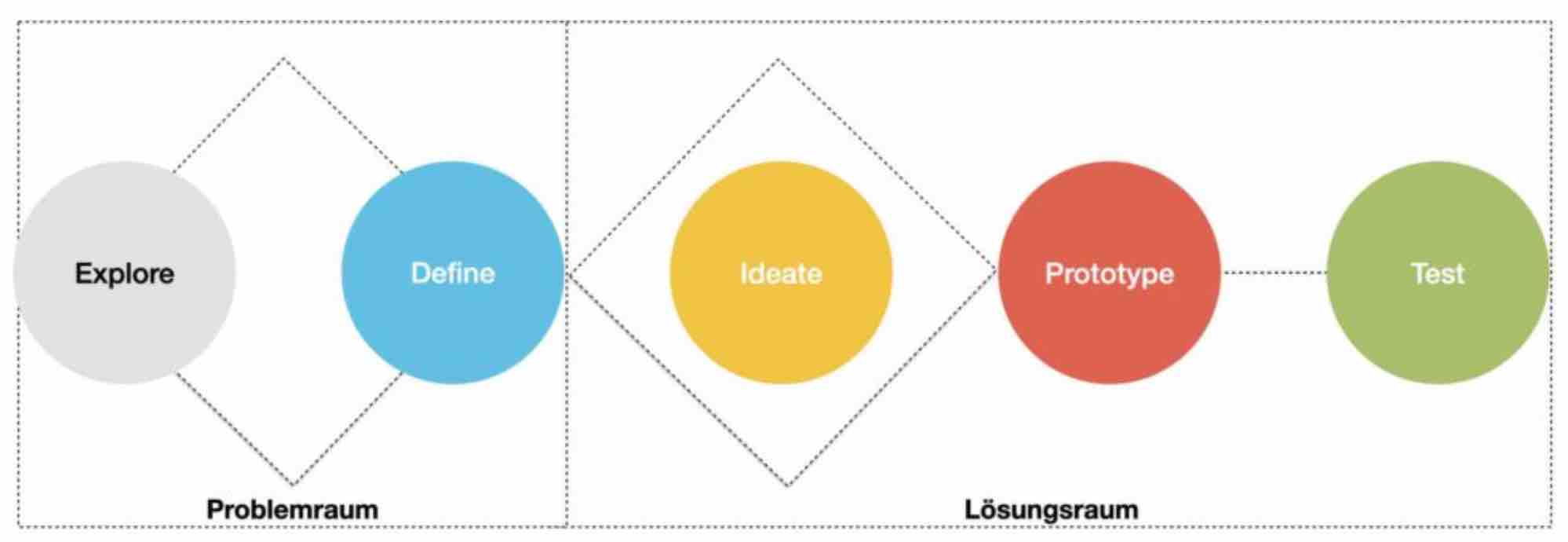 How to Utilize Design Thinking for SEO Optimization
How to Utilize Design Thinking for SEO Optimization
SEO, or search engine optimization, is often seen as a left-brained task that relies heavily on data and numbers. However, there is a growing recognition that SEO can benefit from creative thinking and a focus on the end user. This is where design thinking comes in.
Design thinking is a human-centered framework for problem-solving that emphasizes creativity and understanding the needs of the user. It involves five stages: empathize, define, ideate, prototype, and test and evaluate. By applying design thinking to SEO, marketers can create more user-centric and impactful campaigns.
The first stage of design thinking is empathizing with the audience. This involves conducting thorough research to understand the people who are searching and their motivations and pain points. Tools like Google Analytics, Google Trends, and persona mapping can help gather this information. By tailoring SEO efforts to reach an audience that is fully understood, marketers can reach them more efficiently.
The next stage is defining the problem. By analyzing audience data, marketers can identify the specific SEO challenges they need to address. This ensures that efforts are focused on the areas that will have the most impact on SEO performance. Questions to consider include what messaging and terminology will resonate with the target audience, whether users are struggling to find relevant information on the website, and what search engines beyond Google are being used by the audience.
Ideation is the third stage of design thinking. This involves brainstorming potential solutions to the SEO challenges identified in the previous stage. Instead of relying solely on data and trends, design thinking encourages qualitative data and cross-functional thinking. Content expansion, improving content discoverability, utilizing social media, and considering other media formats like video or podcasts are all potential solutions to consider.
The fourth stage is prototyping. Before implementing any SEO strategy at scale, marketers can create prototypes to visualize and test their ideas. This can involve updating keyword maps, drafting sample content pieces, creating mock-ups of new features, or developing wireframes for website updates. The goal is to understand how a strategy may address the problem or challenge and gather feedback from the target audience.
The final stage is testing and evaluating. Just like SEO, design thinking is an iterative process. Marketers should gather feedback on prototypes or tactics and continuously monitor performance. A/B testing, heat mapping, testing keywords and messaging using Google Ads, and usability testing are all ways to gather feedback and make necessary adjustments.
By applying design thinking to SEO, marketers can create more user-centric campaigns that address the needs and challenges of the target audience. This leads to increased traffic and conversions. Design thinking allows for a balance between analytical and creative thinking in SEO, resulting in more impactful strategies.
